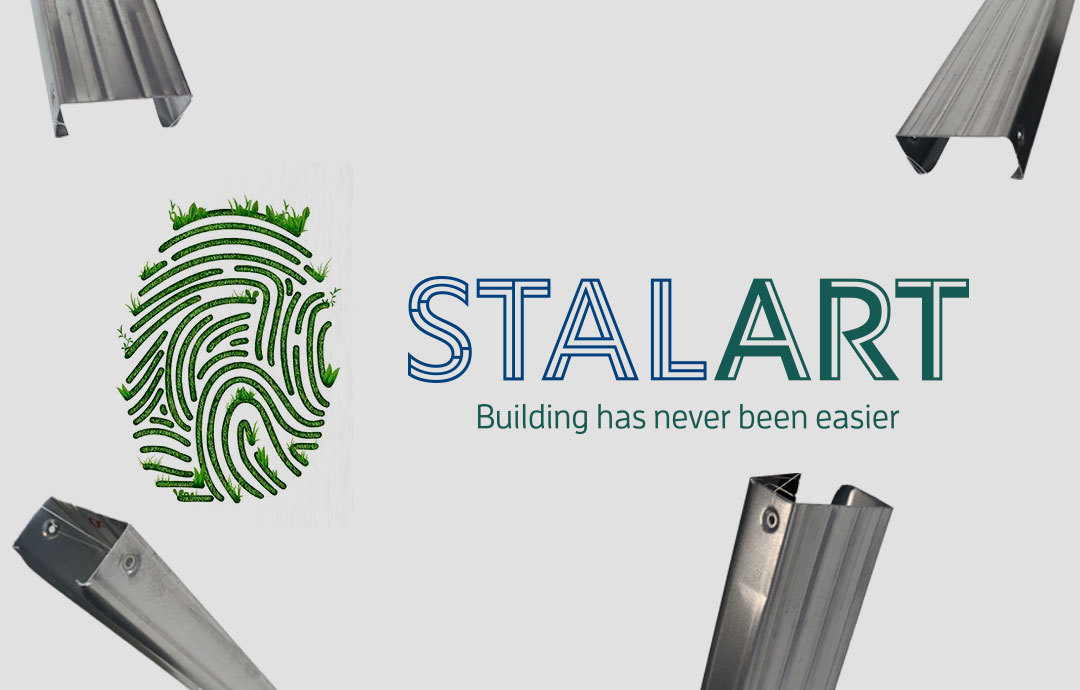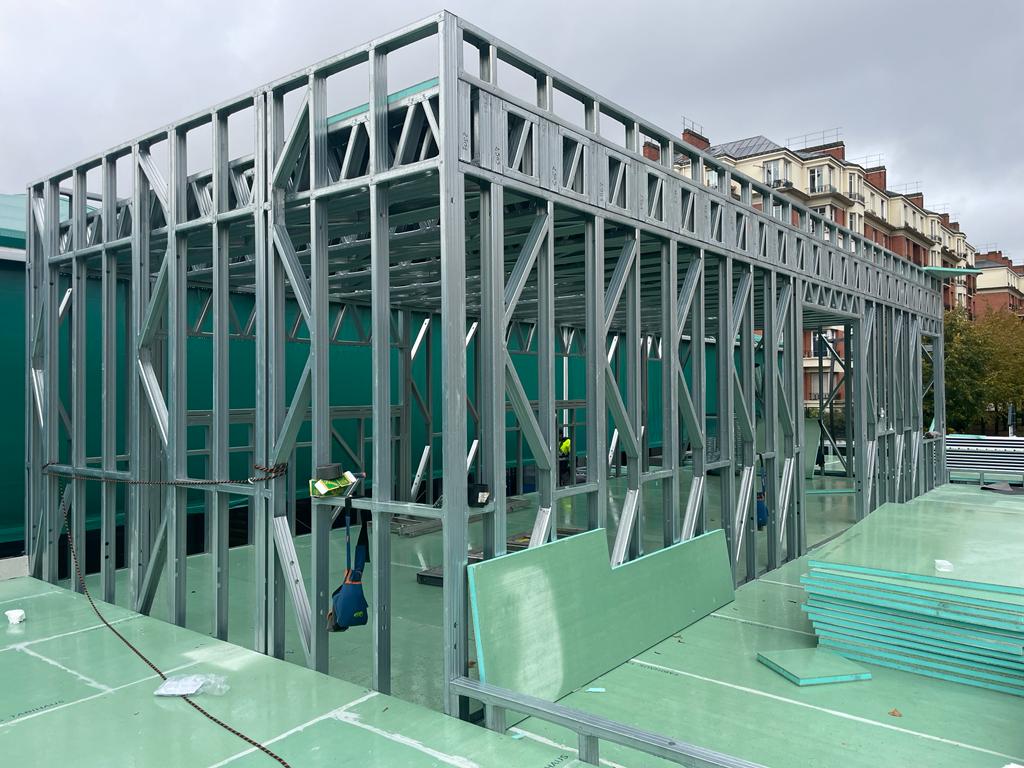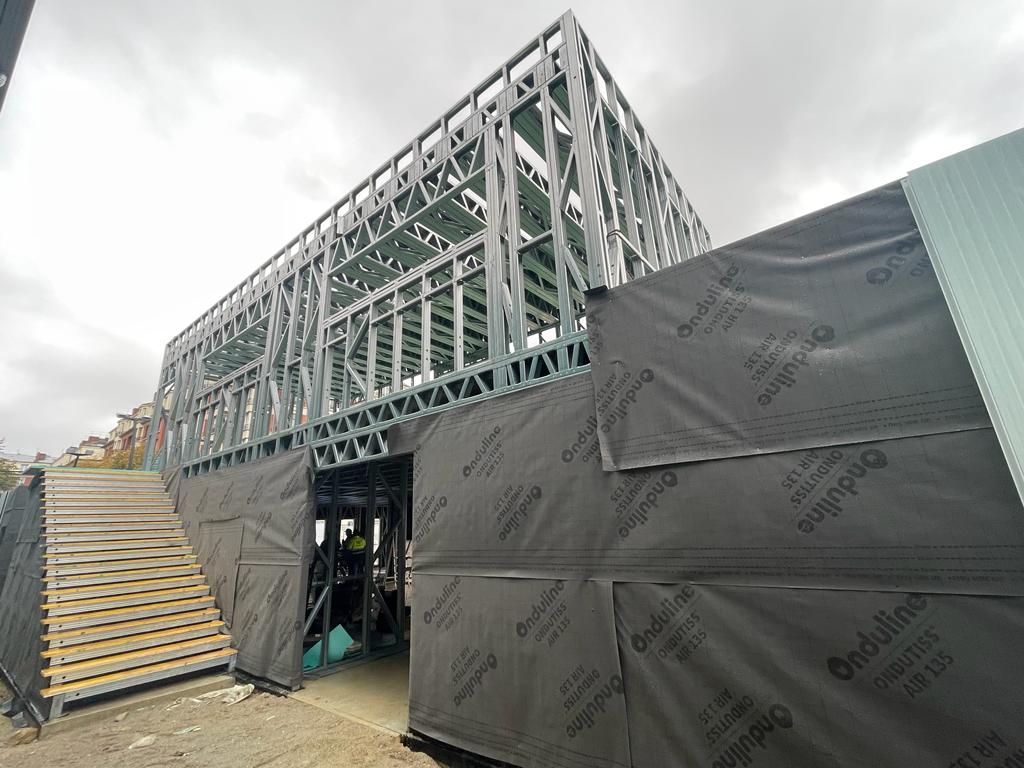In a world where sustainability has become a fundamental aspect of construction, steel frame structures have gained a prominent place for their ability to reduce the carbon footprint in construction projects. STALART is committed to promoting this technology as a sustainable and efficient solution. In this news, we will explore the importance of steel frame sustainability and how this innovation can contribute to reducing the carbon footprint in construction.
STALART = Sustainability
Steel frame structures have multiple advantages in terms of sustainability:
1. Efficiency in the use of materials:
The steel frame uses less material compared to concrete and wood structures, reducing environmental impact.
2. Recyclability:
Steel is highly recyclable, meaning it can be reused and recycled across multiple life cycles, decreasing demand for raw materials and reducing the amount of waste.
3. Lower energy consumption:
During construction, steel frame structures require less energy compared to other materials, which decreases associated carbon emissions.
4. Greater energy efficiency:
Steel frame structures allow better management of energy efficiency, which reduces energy consumption throughout the useful life of the building.
5. Reduction of construction waste:
Steel Frame’s precision component manufacturing reduces material waste on the construction site.
STALART not only offers high-quality steel frame products, but also promotes sustainable practices in all aspects of construction. The company works closely with its clients to design projects that meet rigorous ecological standards, and encourages the adoption of sustainable measures at all stages of construction.
Economic Benefits of Sustainability
Sustainability is not only environmentally friendly, but it is also financially beneficial. Sustainable construction can lead to lower operating cost throughout the building’s life cycle, as well as increased demand and value in the market.



